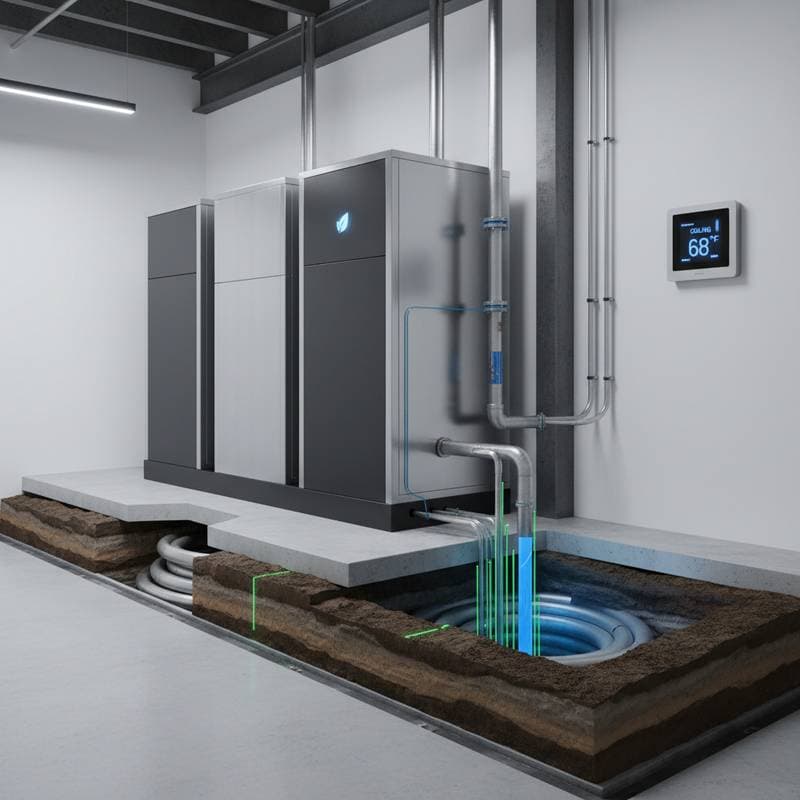Micro Wind Turbines: A Game-Changer for Urban Energy Costs
Imagine a small, sleek turbine spinning quietly atop your urban home, directly slashing your electricity bills by up to 30 percent. Micro wind turbines are no longer a distant dream but a practical solution for city dwellers eager to harness renewable energy. These compact devices, designed specifically for tight spaces like rooftops and balconies, are transforming how urban households approach power consumption. Let us explore how they work, what they cost, and whether they could be the right fit for your home.
Understanding Micro Wind Technology
Unlike the towering windmills dotting rural landscapes, micro wind turbines are built for the constraints of city life. They come in two primary designs: horizontal-axis models, resembling miniature versions of traditional turbines, and vertical-axis models, often shaped like spirals or eggbeaters. Vertical-axis turbines stand out for urban settings due to their ability to capture turbulent, shifting winds, operate with less noise, and fit seamlessly on rooftops. Depending on their size and your location's wind patterns, a single unit can generate between 100 watts and 5 kilowatts of power.
Financial Impact: Savings and Costs
For the average household consuming around 10,000 kilowatt-hours of electricity each year, a well-placed micro turbine can offset 15 to 30 percent of that demand. While this does not eliminate grid reliance entirely, the reduction in utility bills is substantial. Here is a detailed breakdown of the financials to consider:
| Factor | Range | Notes |
|---|---|---|
| Equipment Purchase | $2,500 - $7,000 | Varies by size and model type |
| Installation | $500 - $3,000 | May include rooftop reinforcement |
| Annual Maintenance | $100 - $300 | Covers inspections and minor repairs |
| Payback Period | 7 - 12 years | Shorter with incentives or solar pairing |
Beyond these costs, many regions offer tax credits and rebates that can lower the initial investment by up to 25 percent. Pairing a turbine with solar panels can push total energy savings to 50 percent or more, creating a robust, hybrid system that balances day and night production.
Navigating Urban Challenges
While the benefits are clear, installing micro wind turbines in cities comes with hurdles that require careful planning. Wind consistency poses a significant issue, as urban environments often create unpredictable turbulence; a professional site assessment using an anemometer is crucial to determine viability. Noise, though reduced in newer models, can still concern neighbors if placement is not strategic. Additionally, zoning regulations and safety codes in some municipalities may restrict rooftop installations, so checking local rules is a must before committing.
Steps to Implement Micro Wind at Home
If you are ready to explore micro wind energy, begin with a professional evaluation of your property to measure average wind speeds, ideally aiming for a minimum of 9 to 12 miles per hour for cost-effective results. Consider integrating solar panels alongside your turbine to maximize energy production, as solar excels during daylight while wind often picks up at night or during overcast conditions. Research local utility rebates or financing options, as many programs can significantly shorten the payback period or even allow you to sell surplus power back to the grid.
Day-to-Day Life with Micro Turbines
Once installed, these systems demand minimal upkeep compared to their larger counterparts. Routine checks of blades and bearings, along with an annual professional inspection, typically suffice to ensure smooth operation. Homeowners will not need specialized crews or heavy equipment, making maintenance straightforward and accessible. Over time, the quiet hum of a turbine can become a satisfying reminder of your contribution to sustainable living.
Turning Wind Into Power for Your Home
Micro wind turbines may not suit every urban household, but for those with the right conditions, they offer a compelling way to cut energy costs and shrink carbon footprints. Start by assessing your site’s wind potential, explore available incentives, and connect with a renewable energy expert familiar with urban installations. With informed planning, you can transform the concept of rooftop wind power into a tangible, money-saving reality, all while powering your home with clean, local energy.









